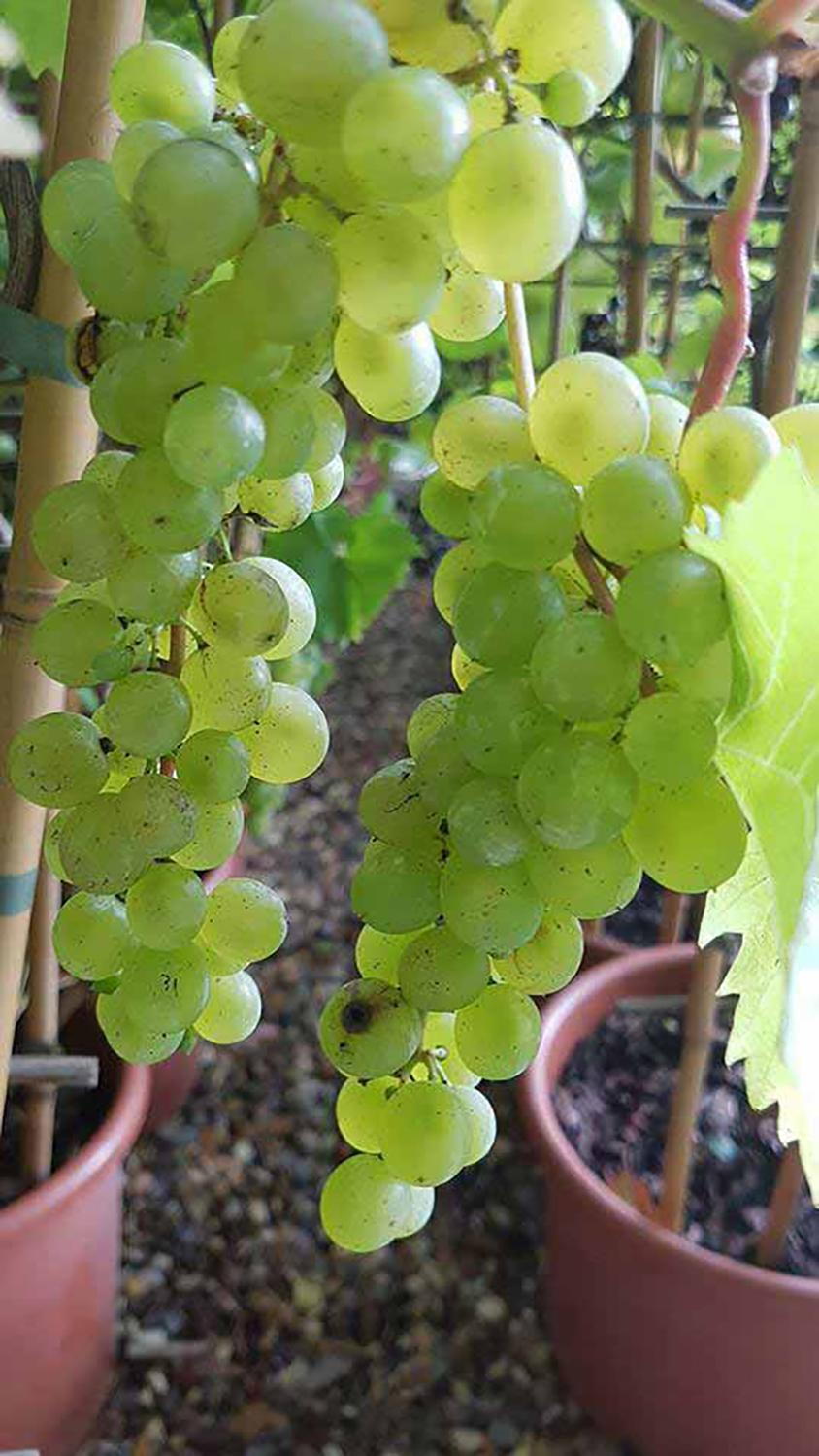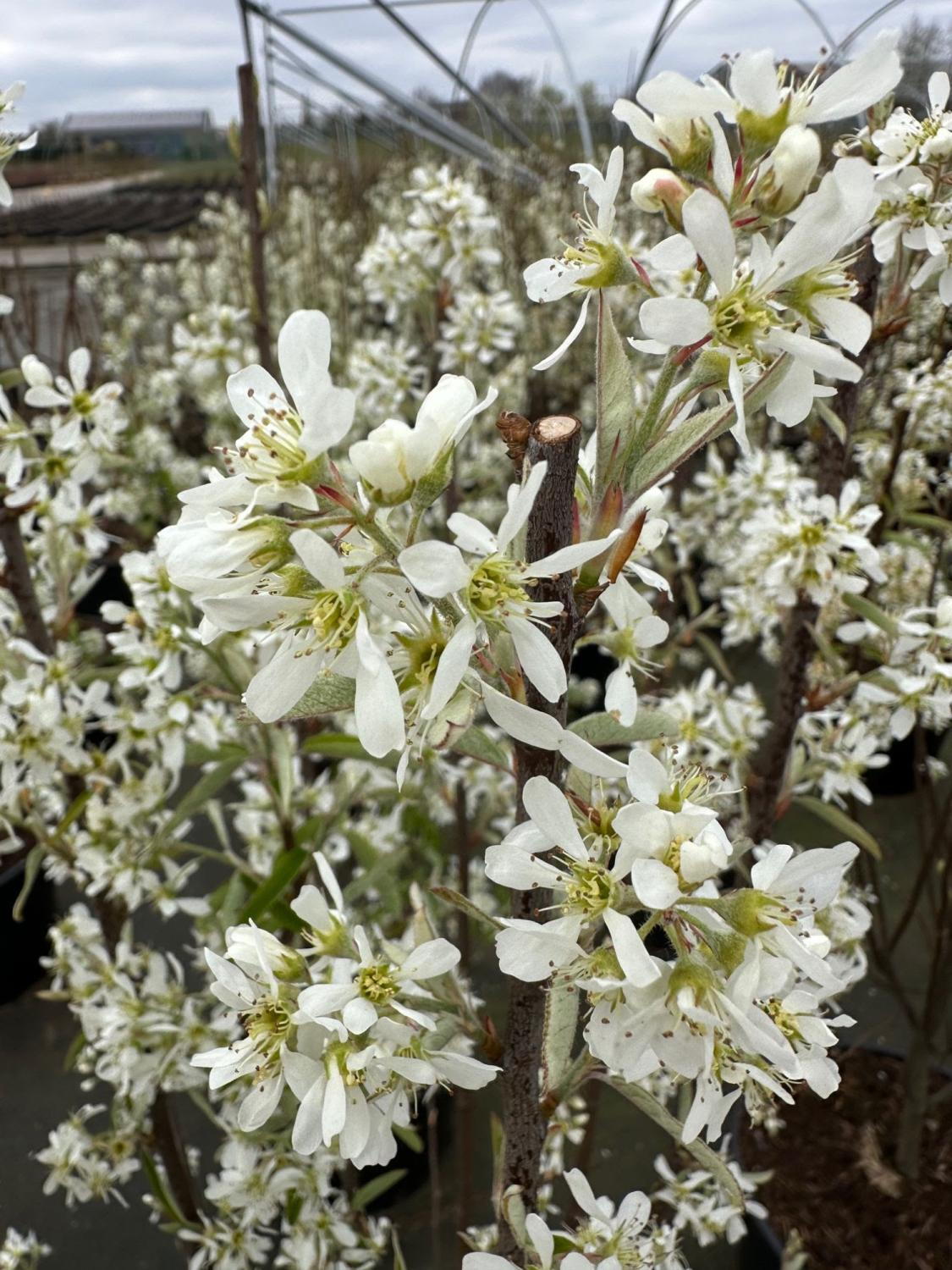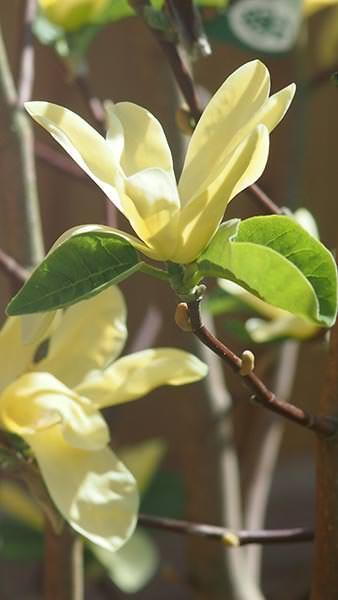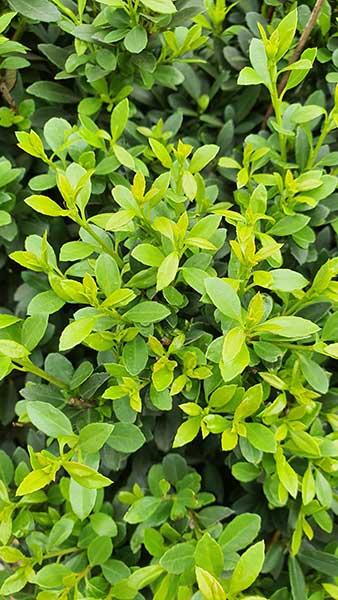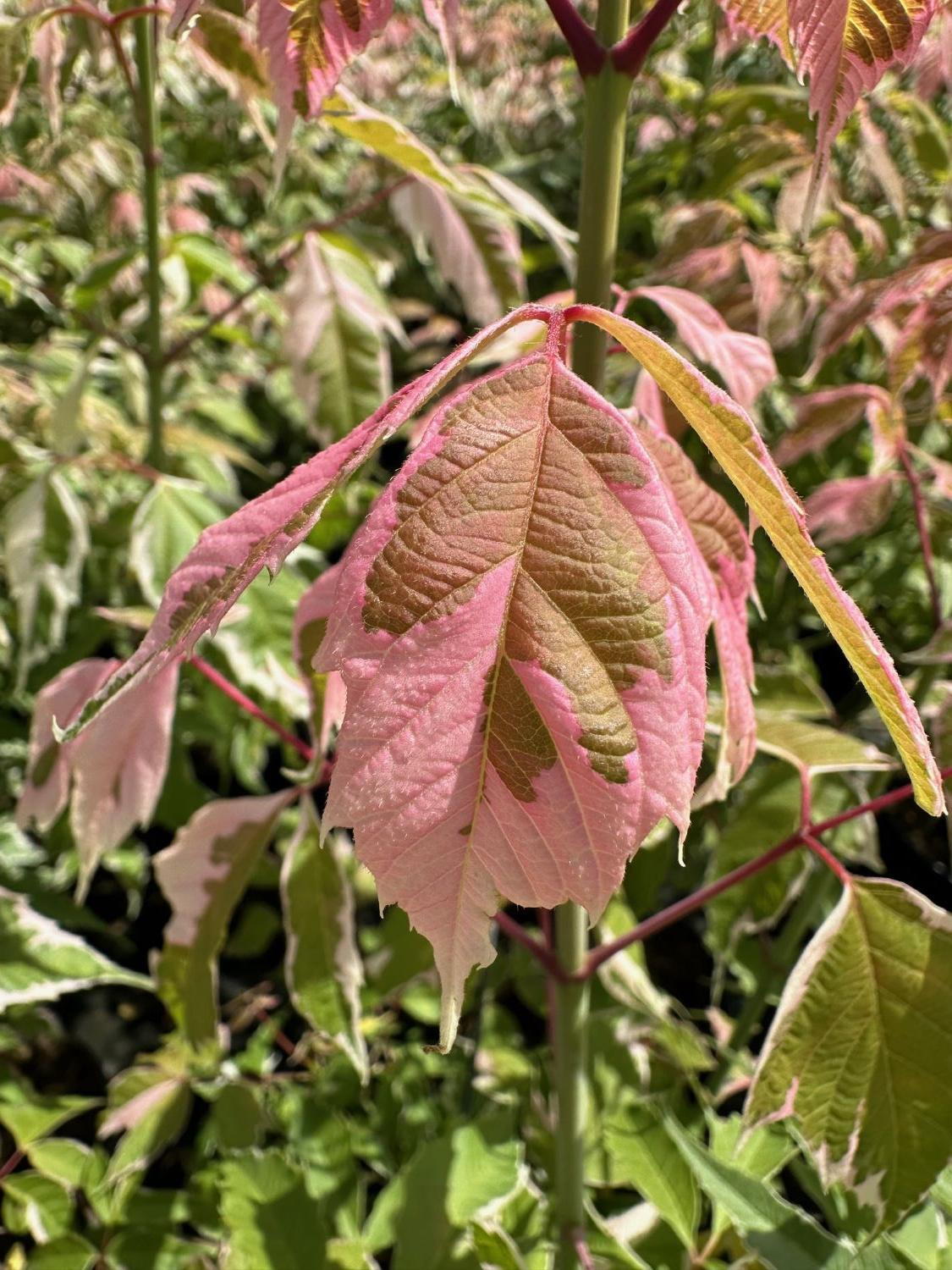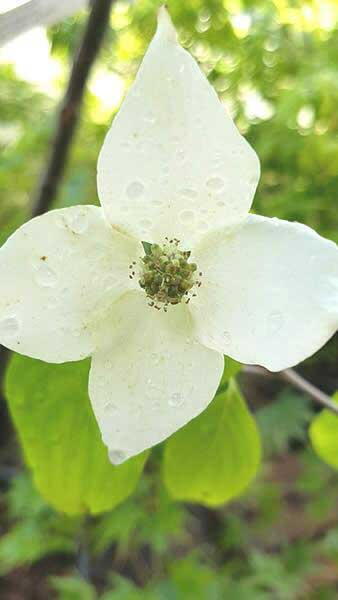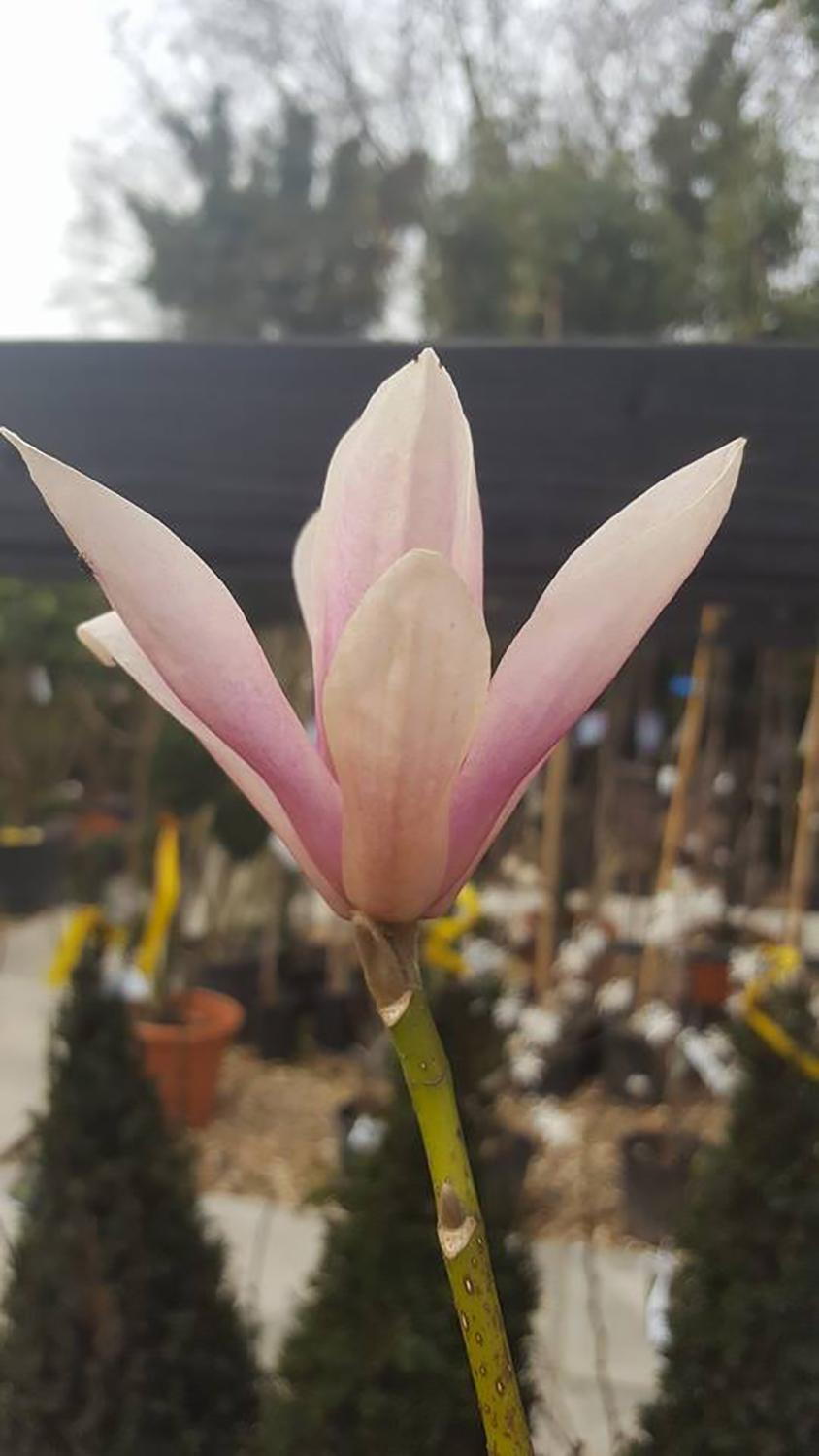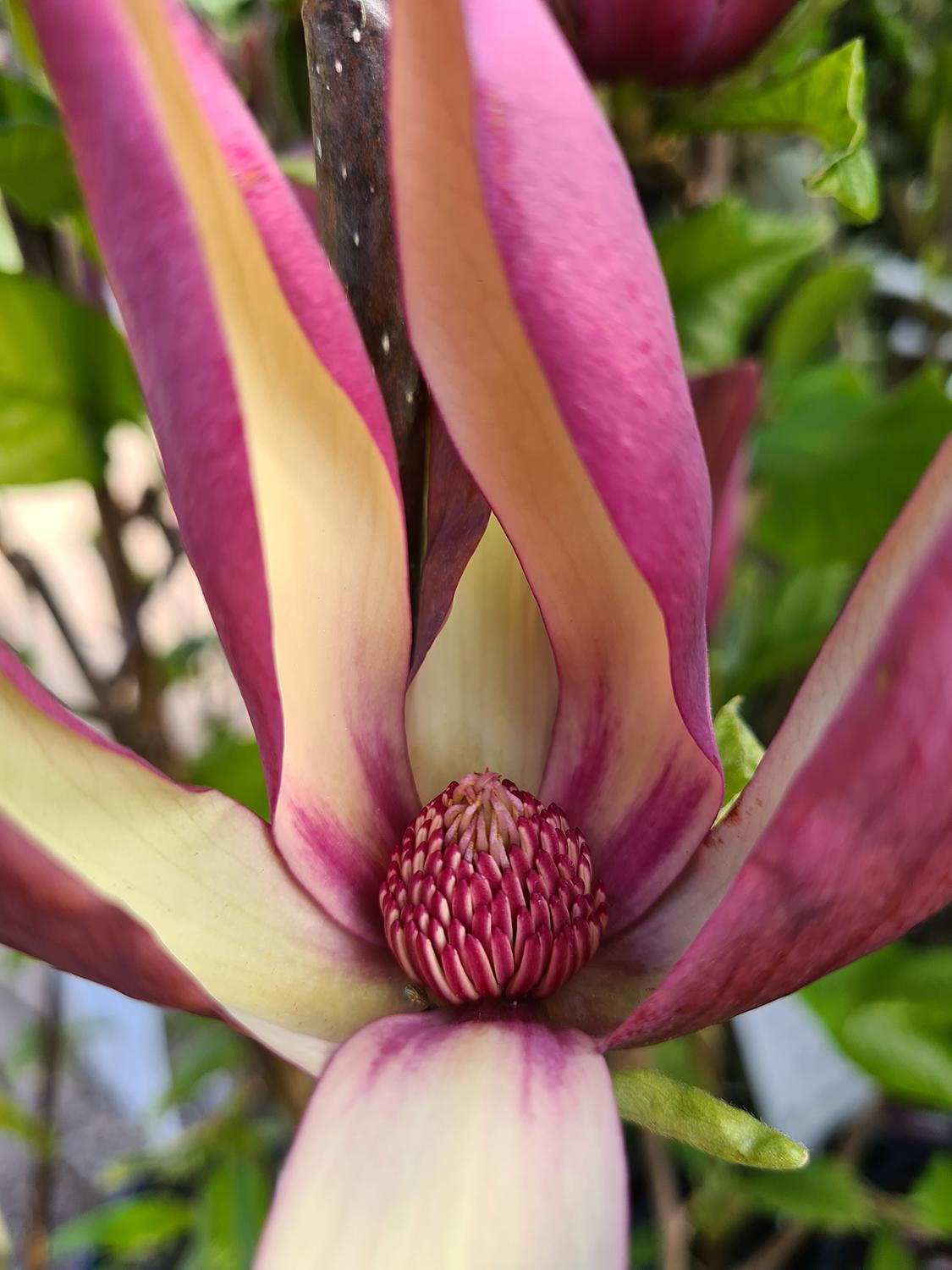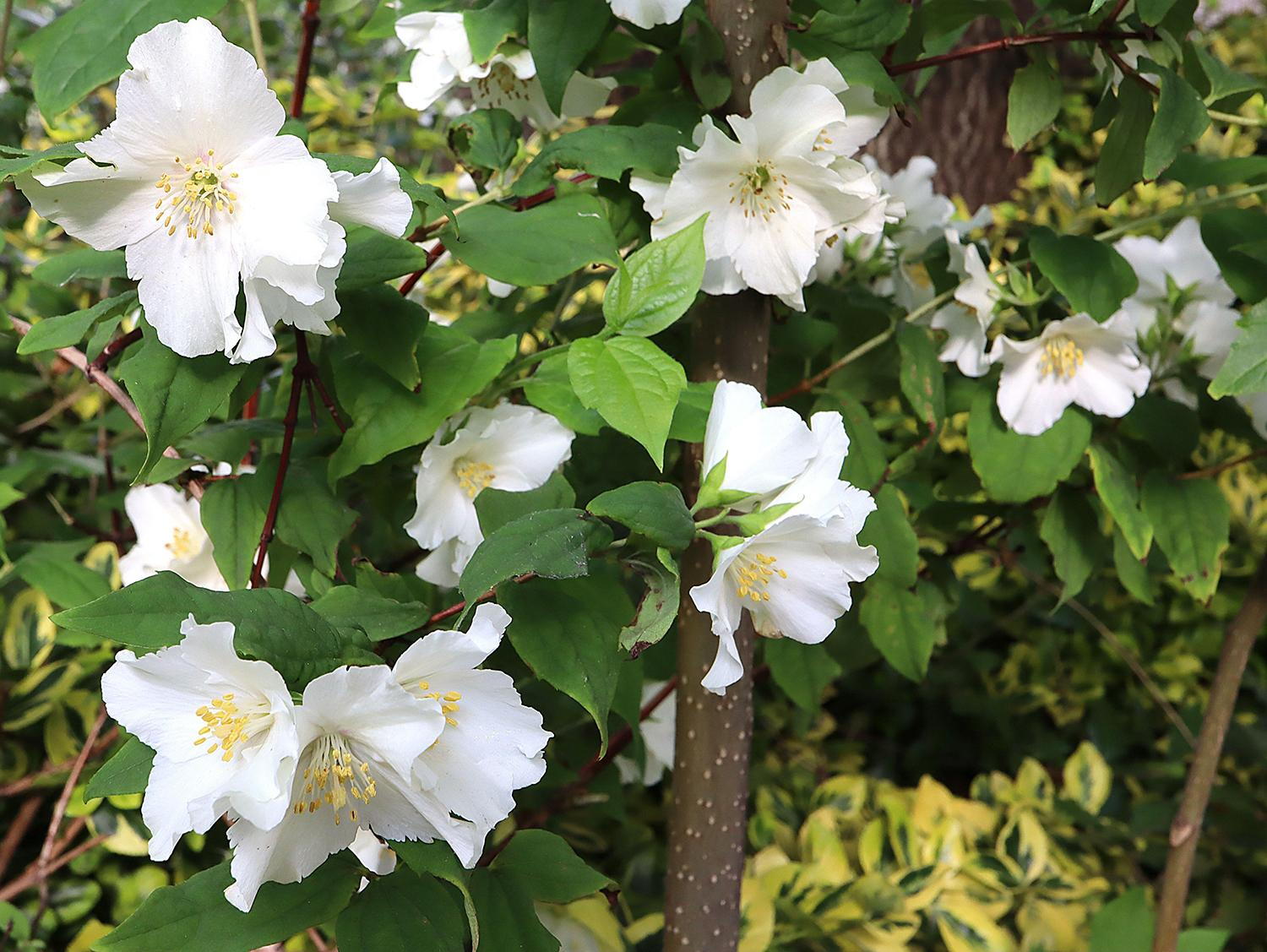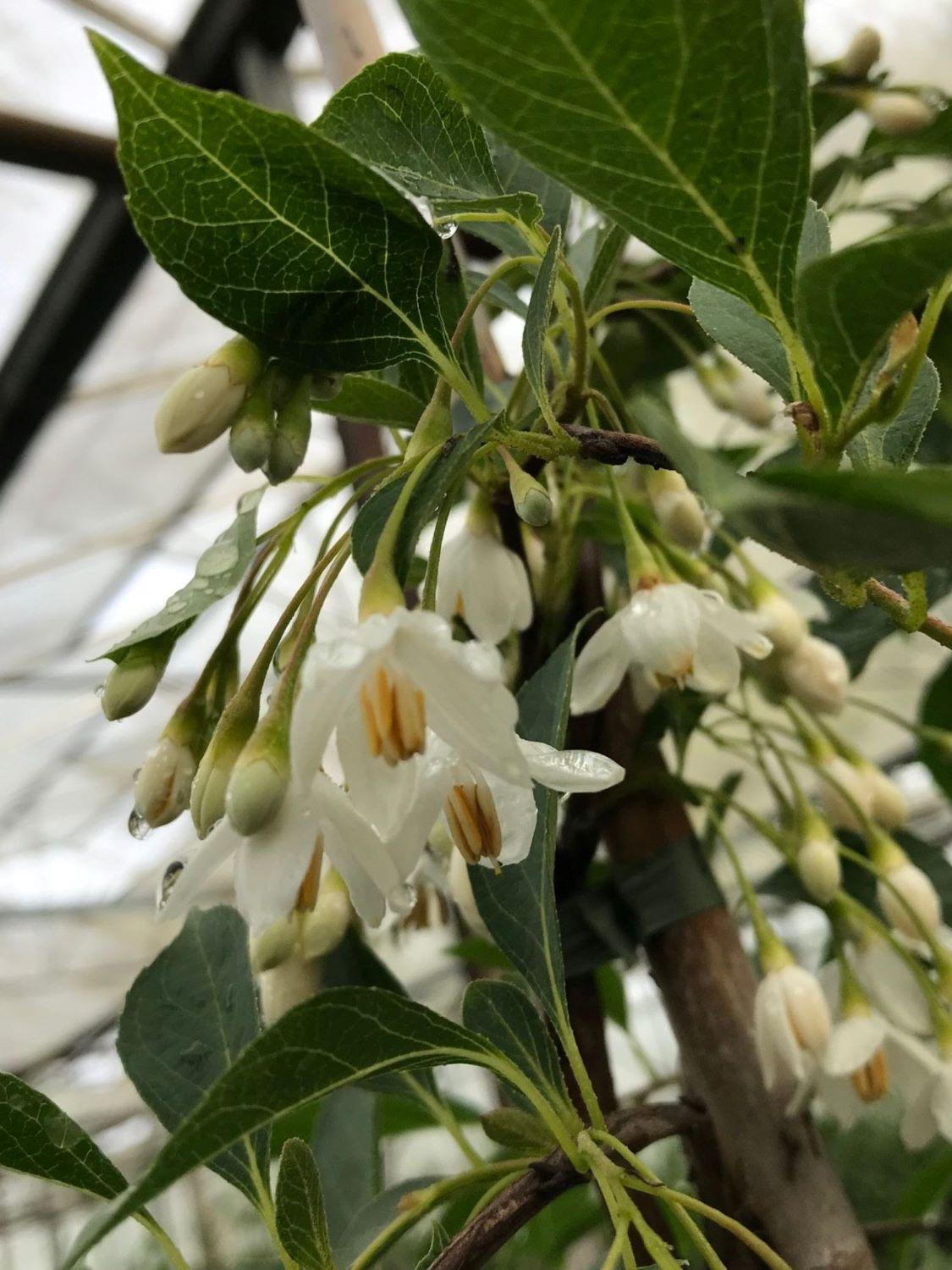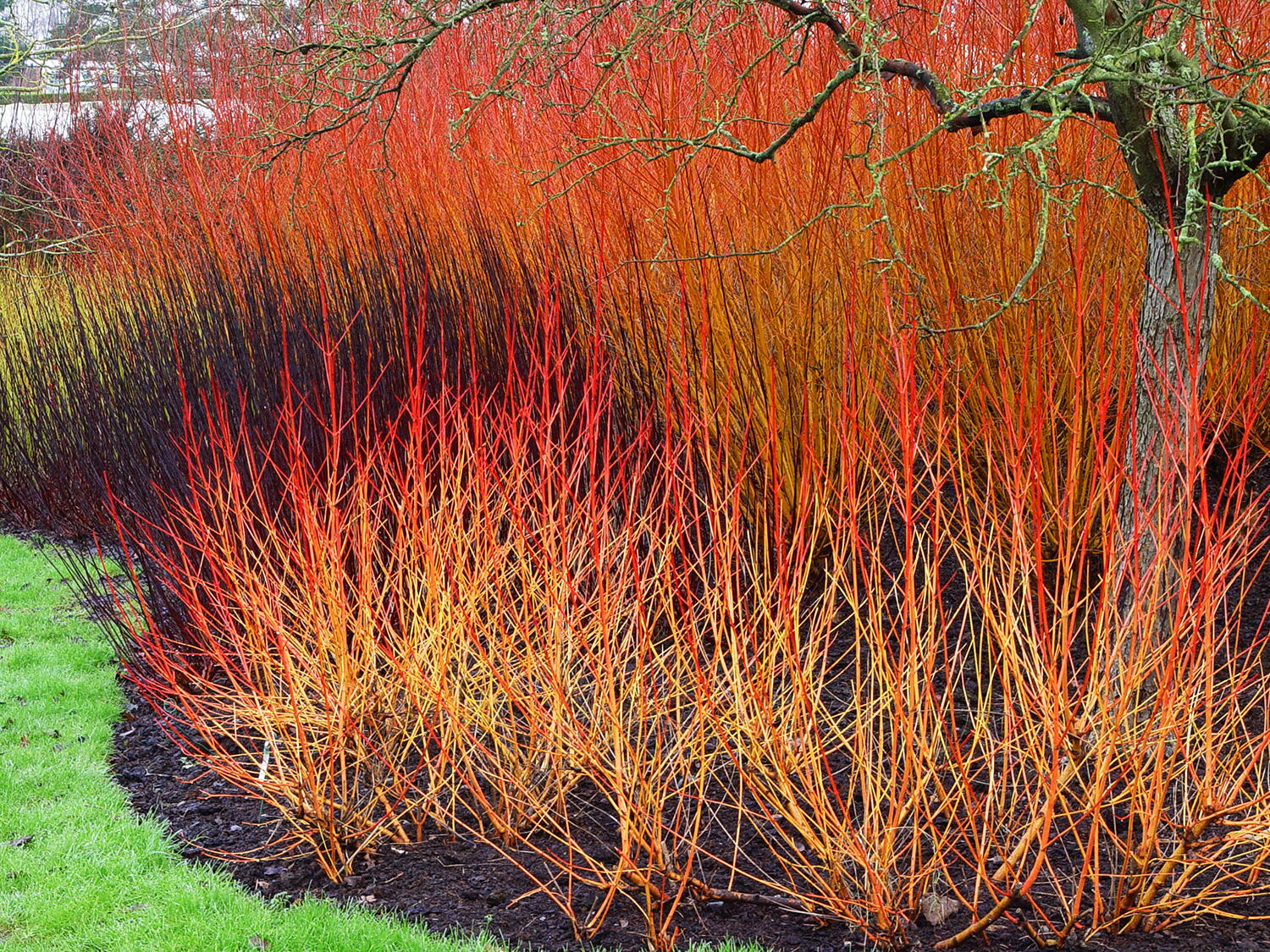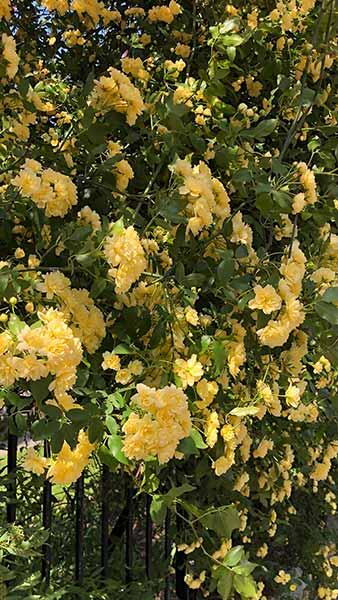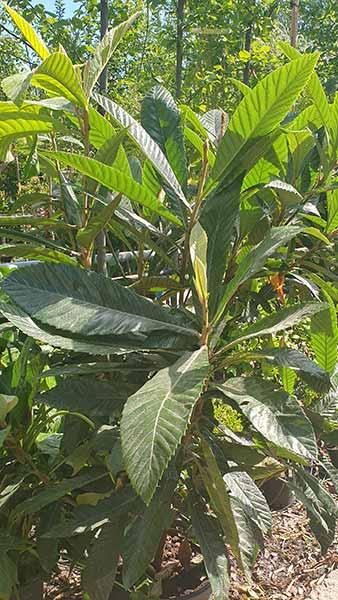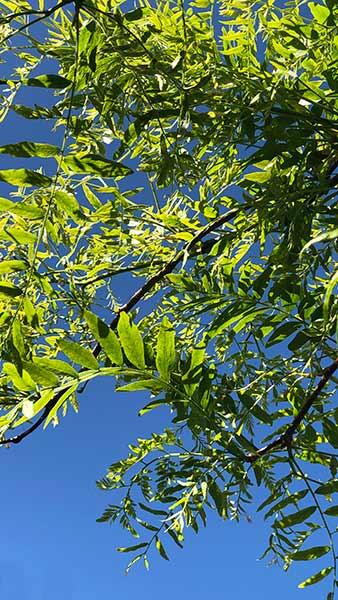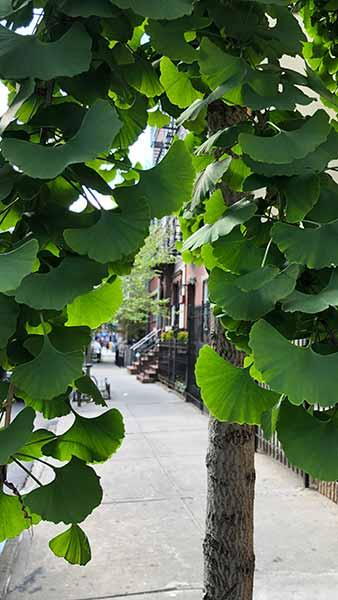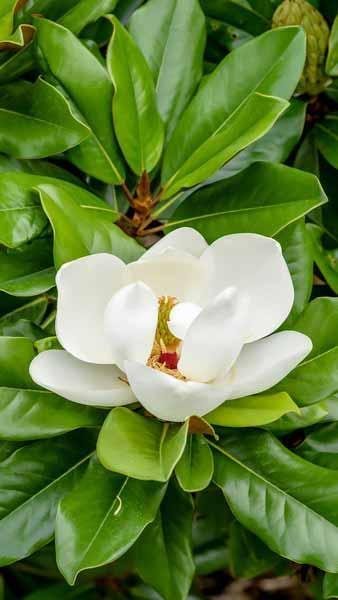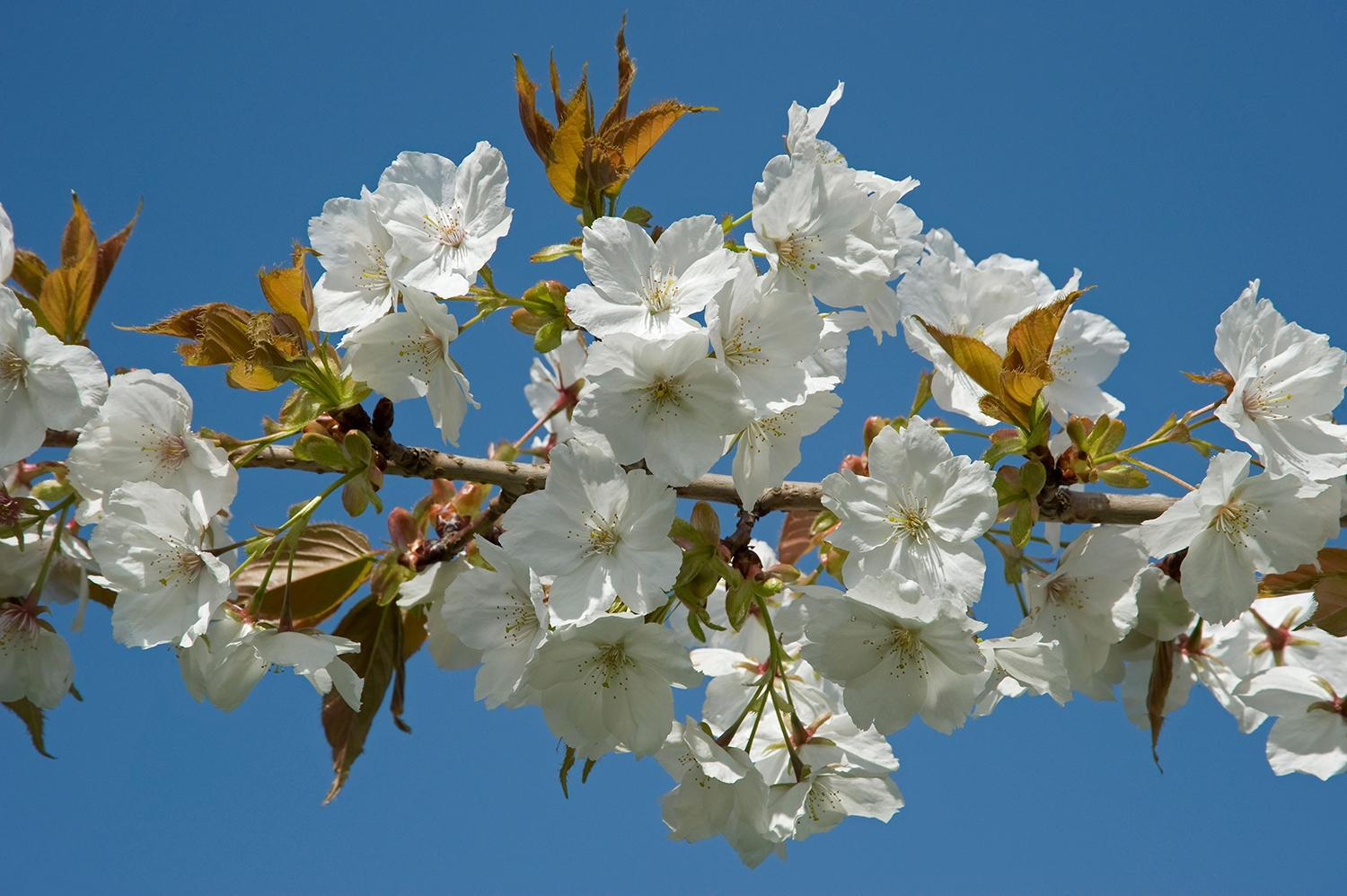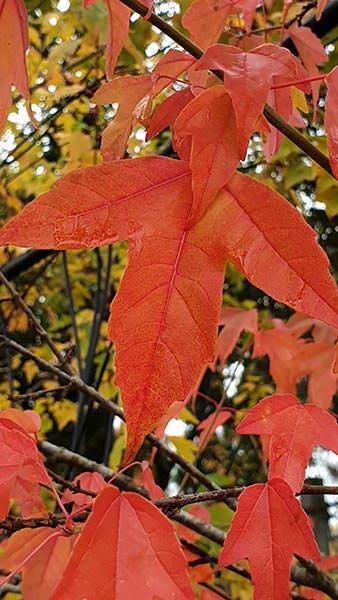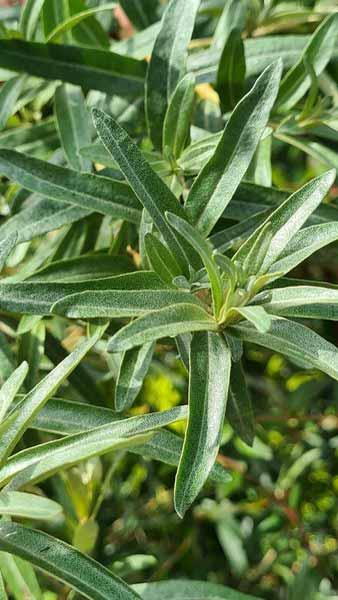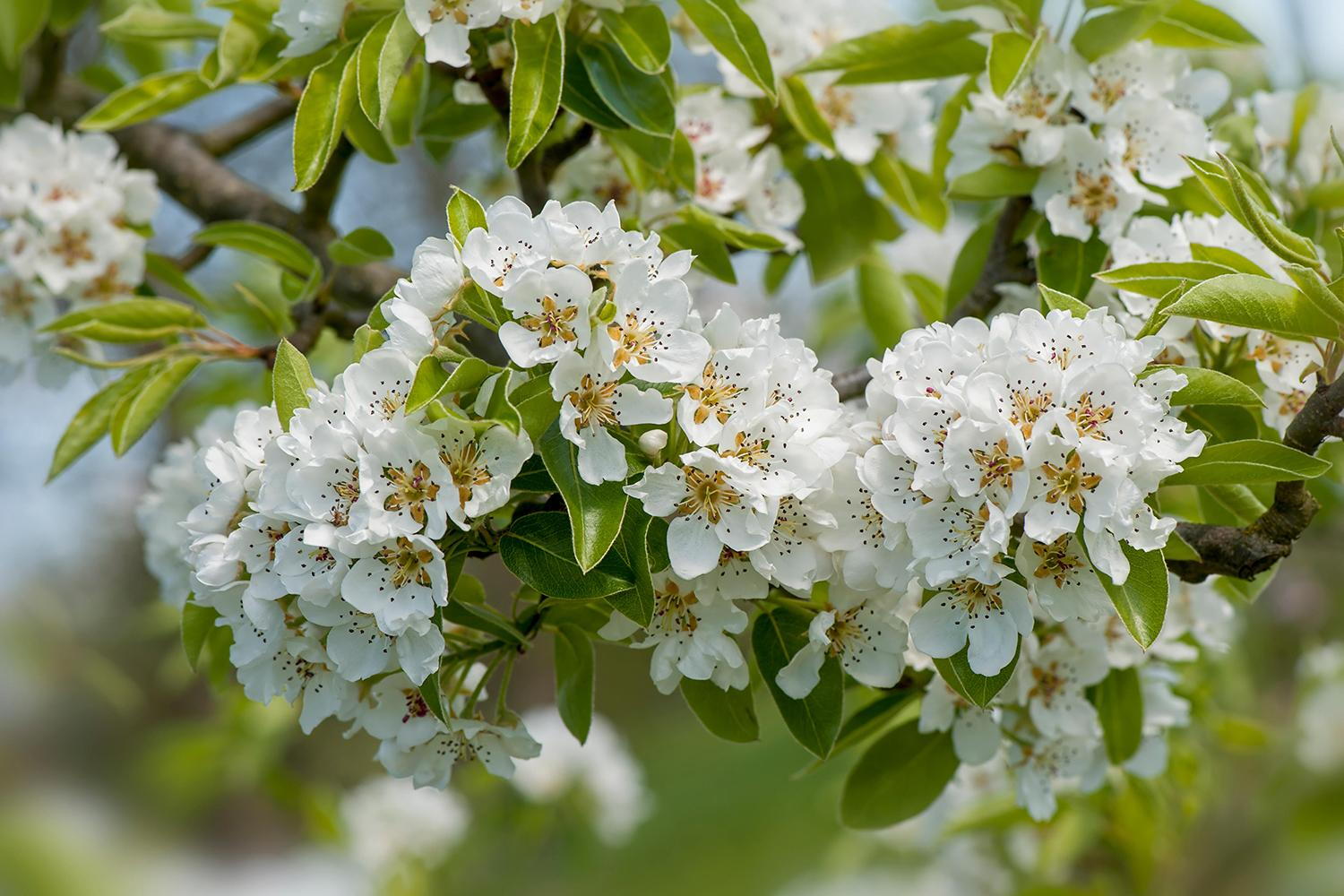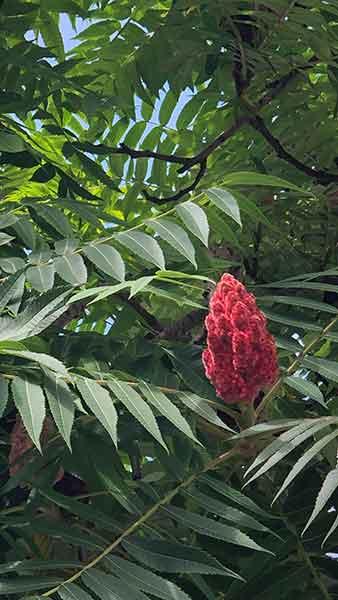Magnolia Grandiflora Maryland Evergreen Compact Magnolia
Magnolia Grandiflora Maryland is a compact evergreen magnolia renowned for its large showy, fragranced flowers. Evergreen and elegant, this striking cultivar is an excellent choice for a specimen plant or mixed shrub borders. Like its deciduous cousins, Magnolia Grandiflora also produces massive showy flowers but tends to do this in summer rather than spring. The cultivar ‘Maryland’ differentiates itself by rounded, compact shrub (rather than tree) shape.With all the noteworthy qualities of its close relatives, this eye-catching cultivar has a few interesting differences. The lush foliage consists of glossy, broad, elliptic leaves, but unlike most bull bay Magnolias, Maryland doesn’t have a brown underside. Instead, the large, leathery leaves are light, olive green beneath, forming a rounded, compact shrub, rather than a tree. Although the foliage differentiates this cultivar from its evergreen cousins, the blossoms are as equally stunning as those of other Magnolia cultivars. In the summer, massive creamy white flowers grace this compact shrub. Large and goblet-shaped, the blossoms have a sweet, citrusy fragrance.Tolerant of full sun to partial shade, this flowering shrub thrives in moist but well-drained soil, rich in humus. When it comes to acidity, Magnolia Grandiflora Maryland prefers neutral to slightly acidic soils. Apart from being highly decorative, this ornamental shrub is quite robust. Fully hardy in Britain and Ireland, Magnolia Grandiflora Maryland can survive even when the temperatures drop to -20 degrees. However, to avoid potential damage from frost and biting winds, apply a layer of mulch during winter, and choose a sheltered location for planting.A cross between Magnolia Grandiflora and Magnolia Virginiana, the cultivar Maryland is quite fast growing, although it stays fairly compact even when fully mature. This evergreen shrub can grow to be 3 to 8 meters tall and 2 to 4 metres wide, which is, when compared to other Magnolia Grandiflora varieties, rather petite.With a rich, leathery foliage, elegant, compact form and clusters of aromatic blossoms, Magnolia Grandiflora Maryland is ideal as a focus or a specimen plant. Although this plant has a year-round interest, its graceful and sophisticated appearance is at its best in the summer, when this shrub is in full bloom. Consider planting this Magnolia variety in a mixed shrub border, either underplanted with low-growing flowering shrubs, or combined with medium-sized, evergreen bushes.See also our full range of Magnolia varieties we have available.

